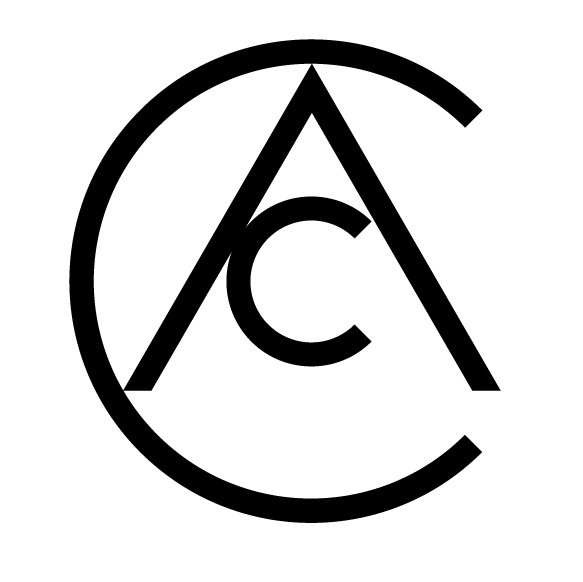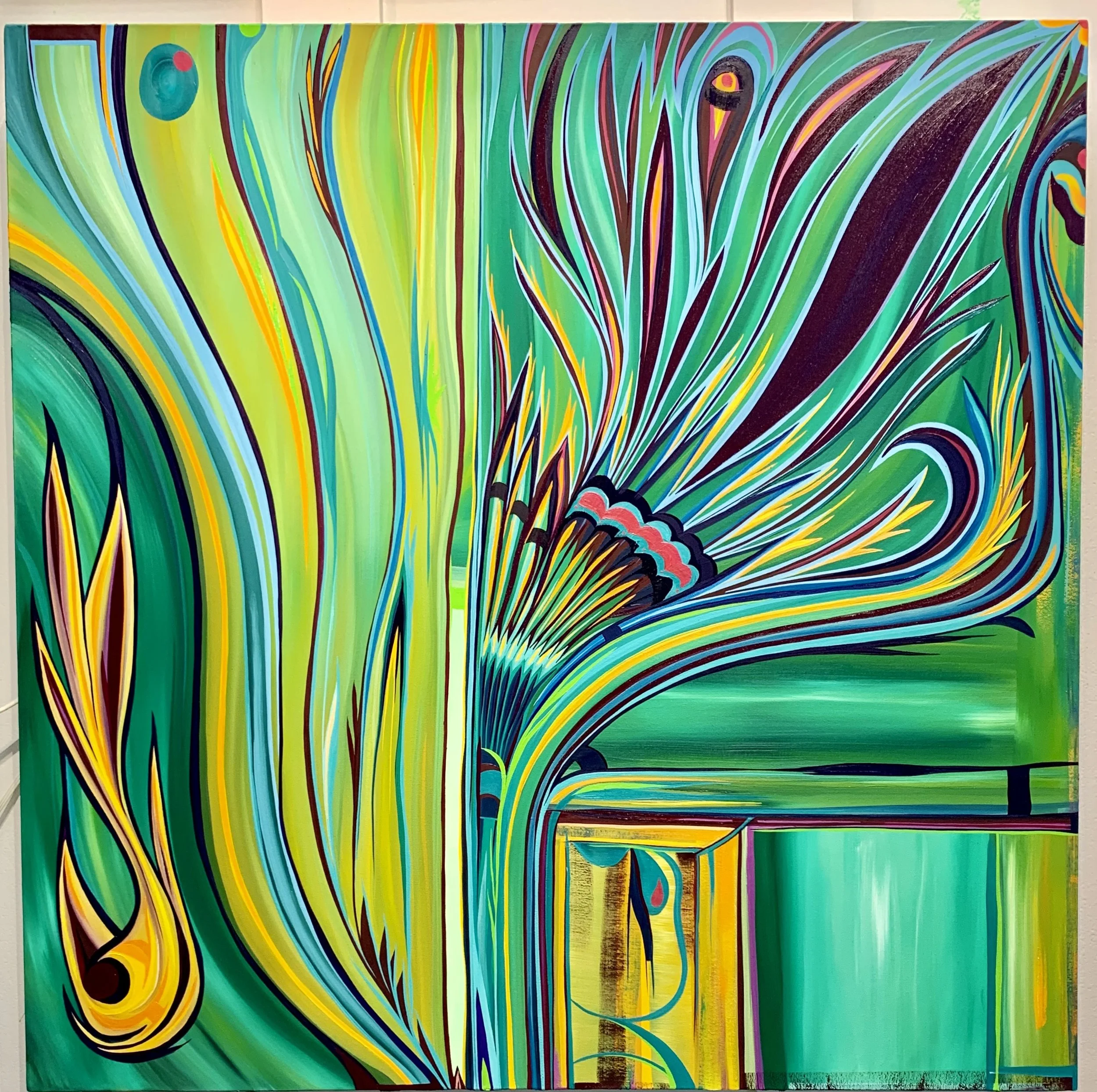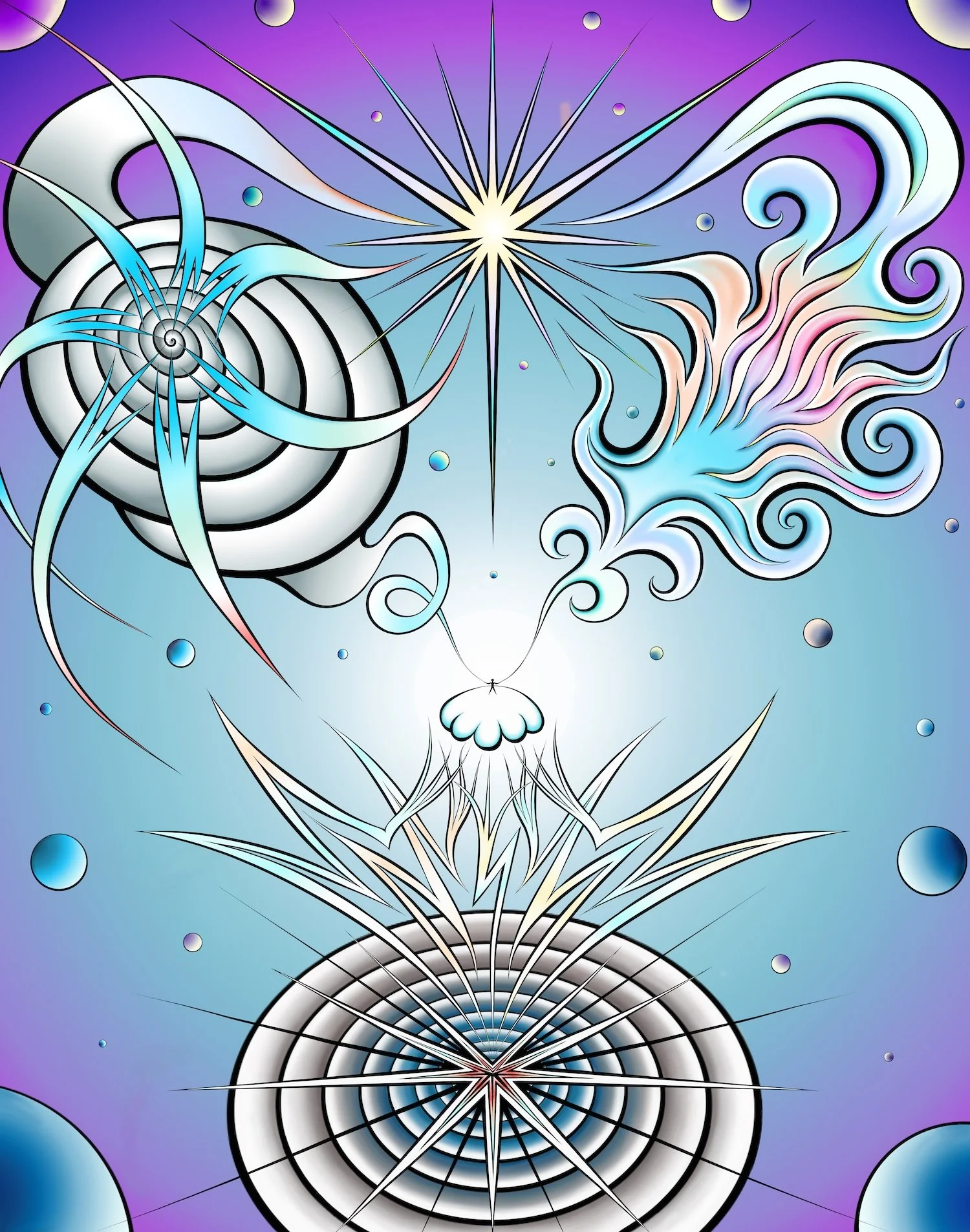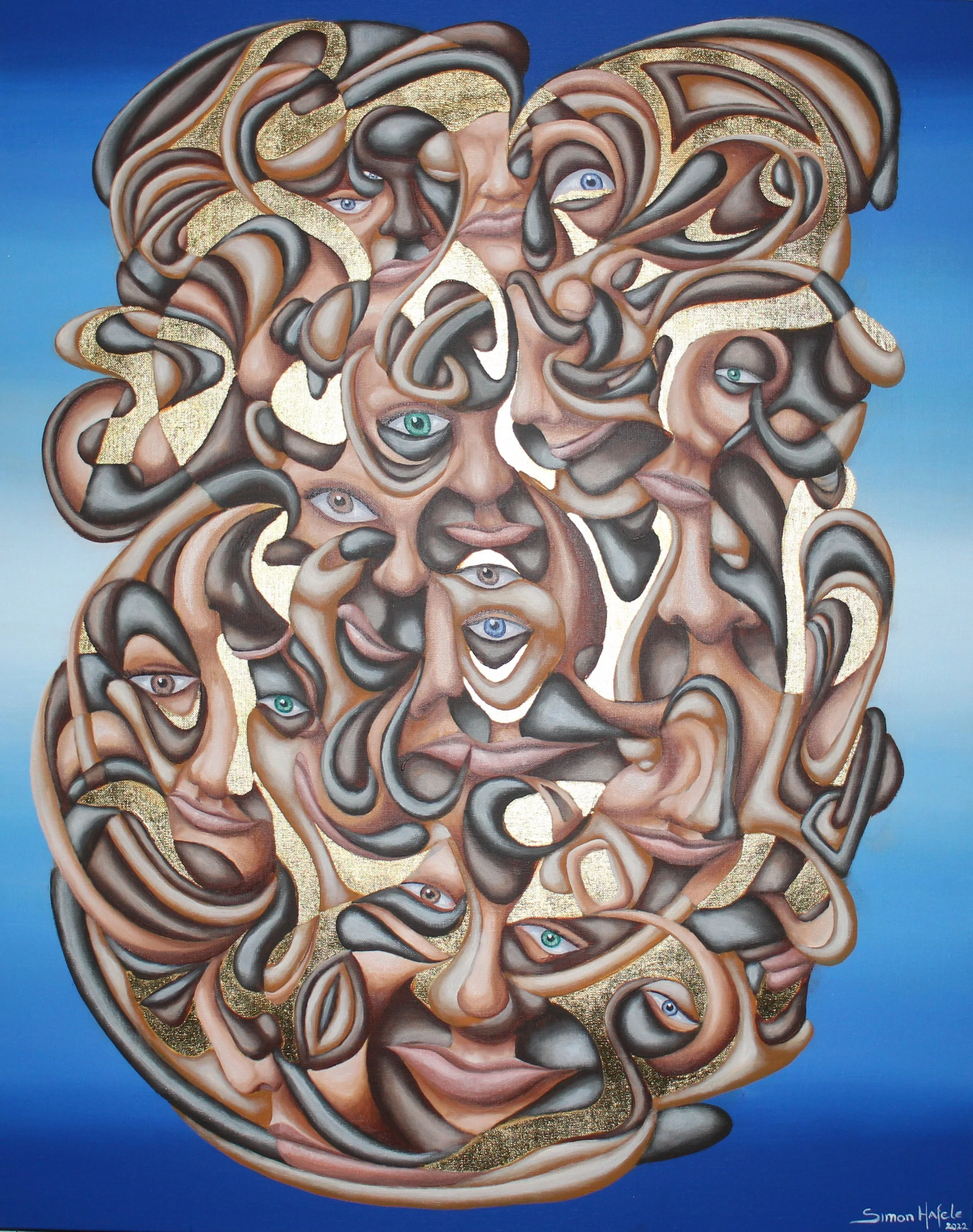Your work often explores the concepts of absence, balance, and discrepancy. Could you elaborate on how these elements manifest in your art and why they hold such significance for you?
Absence creates a tension which creates interest. The key is to paint a portrait that startles you. You want to keep looking at that face, and you wonder who it is. Where does that person come from ? What are they thinking ? The title doesn’t give away much. The facial expression could be understood in a myriad ways. This is what I call absence. I prefer not to reveal too much, leaving room for interpretation - even though portraiture is at the core of figurative painting.




















